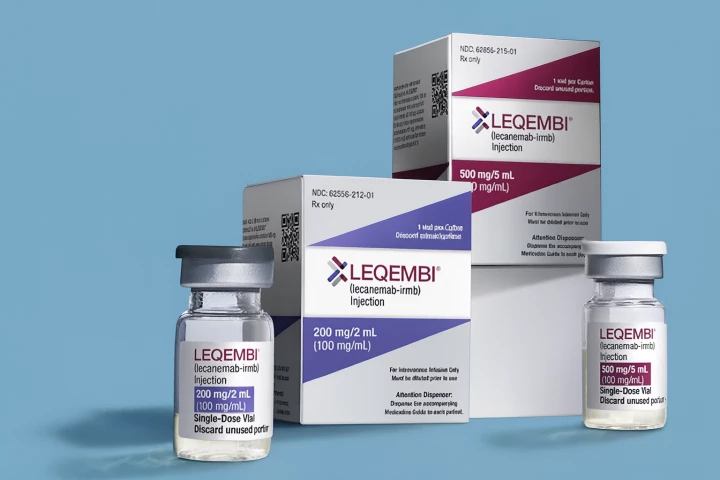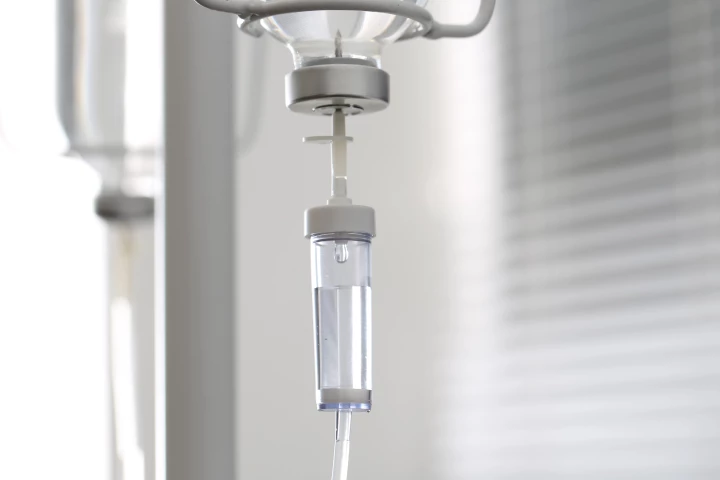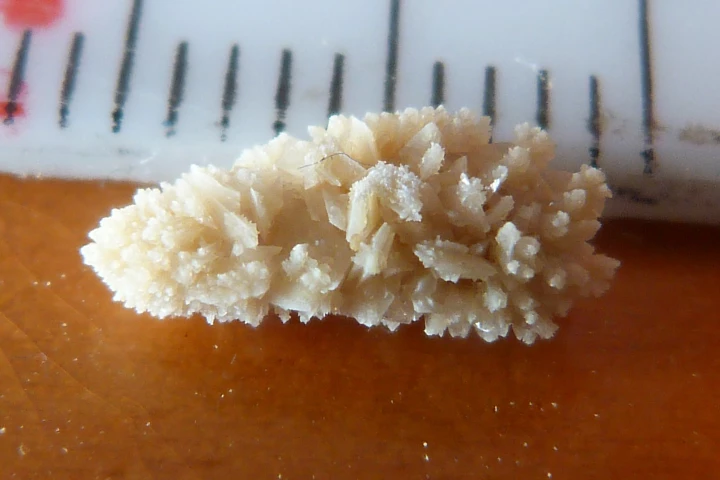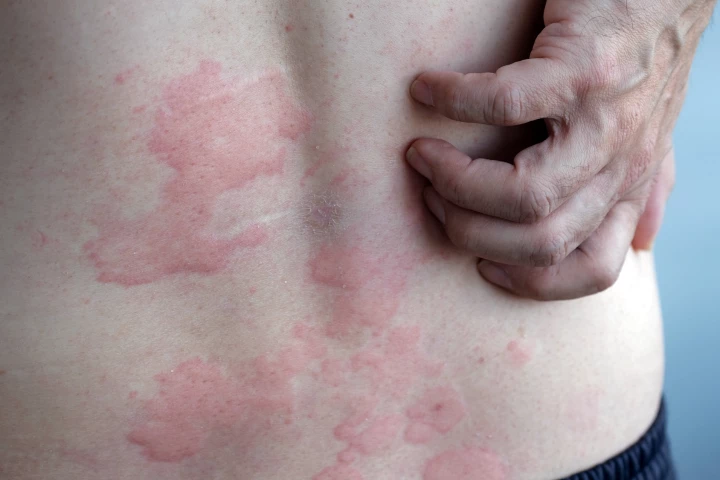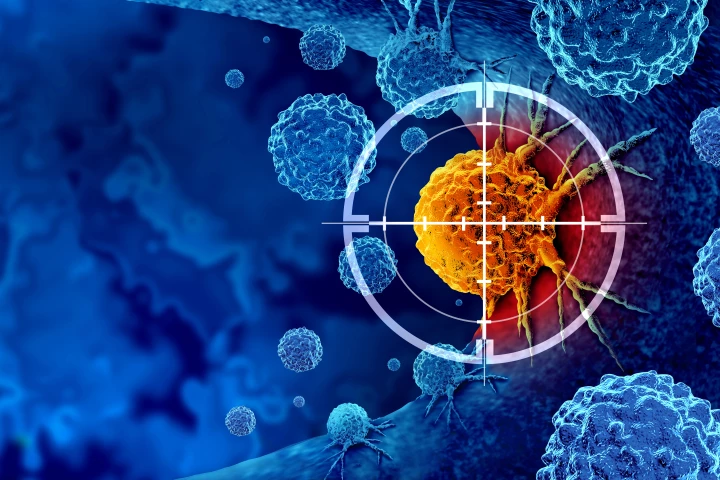Treatment
-
Scientists found that nearly every cancer harbors its own distinct community of microbes – tiny passengers that can influence how tumors start, spread, and respond to treatment, paving the way for a new era of precision medicine.
-
Scientists who won a 2024 IgNobel Prize for "discovering that many mammals are capable of breathing through their anus" have now completed a successful trial based on this, using a technique that gets oxygen into the blood via an unconventional route.
-
Precision-targeted radiation is proving a match for surgery in early-stage lung cancer, offering patients similar long-term survival with less invasiveness, and potentially transforming how this common cancer is treated.
-
The FDA has approved a new version of an Alzheimer’s disease drug that can be given as a quick at-home weekly injection, offering patients a more convenient option than lengthy infusion-center visits. It will be widely available from October 6, 2025.
-
It's an inconvenient fact that many drugs have to be administered in the form of a slow intravenous (IV) drip, as opposed to a single quick injection. That may be about to change, however, thanks to a new take on an existing "spray drying" technique.
-
Having hypersensitive teeth can be quite the hassle, making it painful to consume hot, cold, sweet and/or acidic foods and beverages. Tiny new "robots" are here to help, by permanently plugging tunnels in the teeth for less discomfort.
-
Recurring kidney stones can be an agonizing, debilitating problem, particularly if they can't be treated by orally-administered medication. There may be new hope on the horizon, in the form of a tiny magnetically-steerable stone-dissolving "robot."
-
A massive global study has ranked the best and safest treatments for chronic hives when antihistamines fall short. The findings provide a clear treatment roadmap for both patients and clinicians alike.
-
A promising new treatment to combat "undruggable" cancers has been green-lit for a human trial. It's hoped the novel drug will be able to stunt the growth and enable the effective treatment of cancers driven by the MYC oncogene and its MYC protein.
-
Babies and small children are prone to middle ear infections, which typically have to be treated with orally administered antibiotics. A new fast-acting topical gel could soon replace such drugs, however, potentially reducing unpleasant side effects.
-
In the ongoing search to find an intervention that does away with opioids, a new game-based system has shown huge promise in tackling chronic neuropathic pain. Using a game and a headset, it "trains" patients to rewire brain signals to relieve pain.
-
A landmark study has found that a workable exercise plan significantly improves survival and health of people who have survived colorectal cancer. So much so that, as one researcher notes, "Our findings will change the way we treat colon cancer."
Load More



